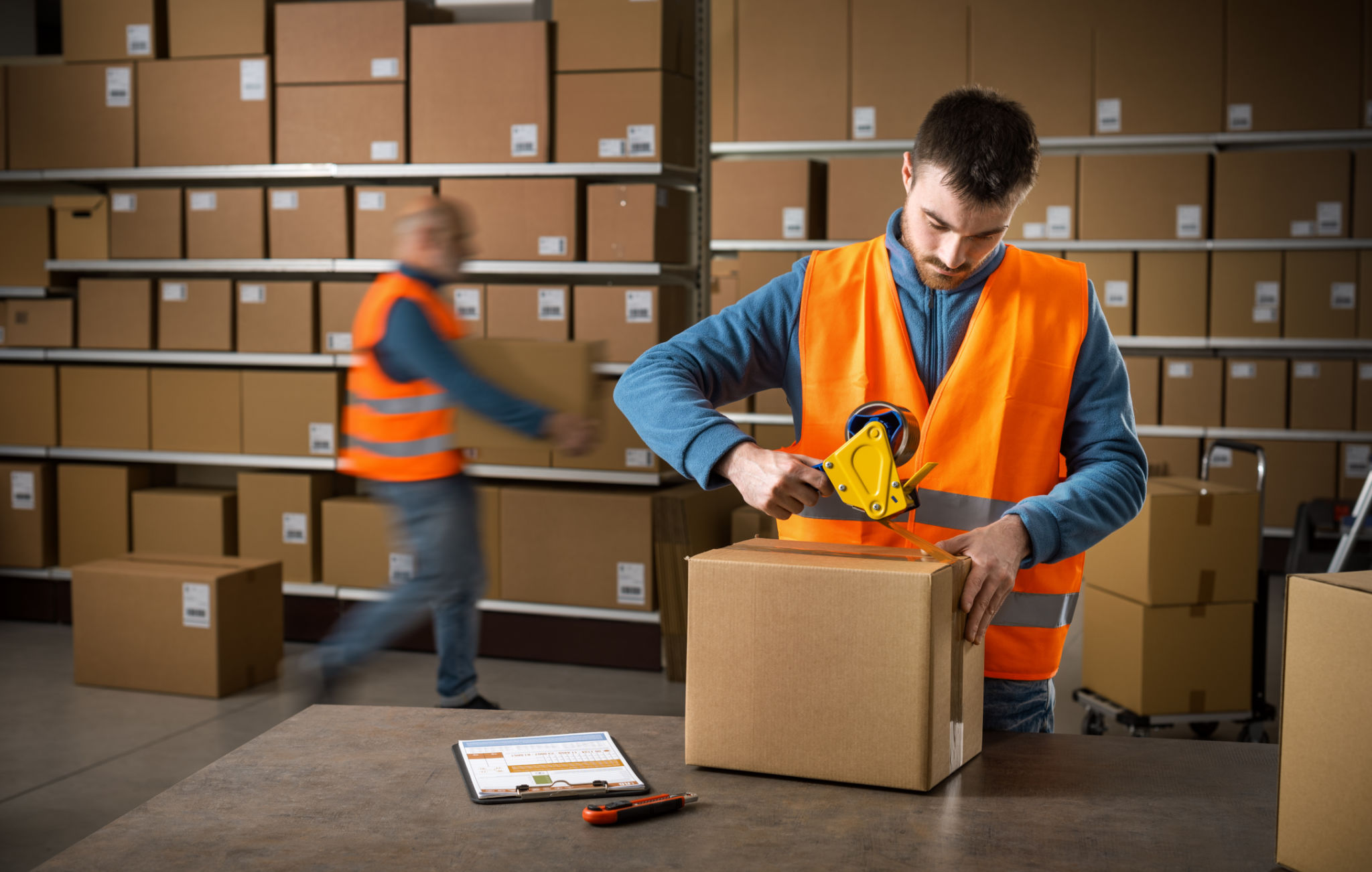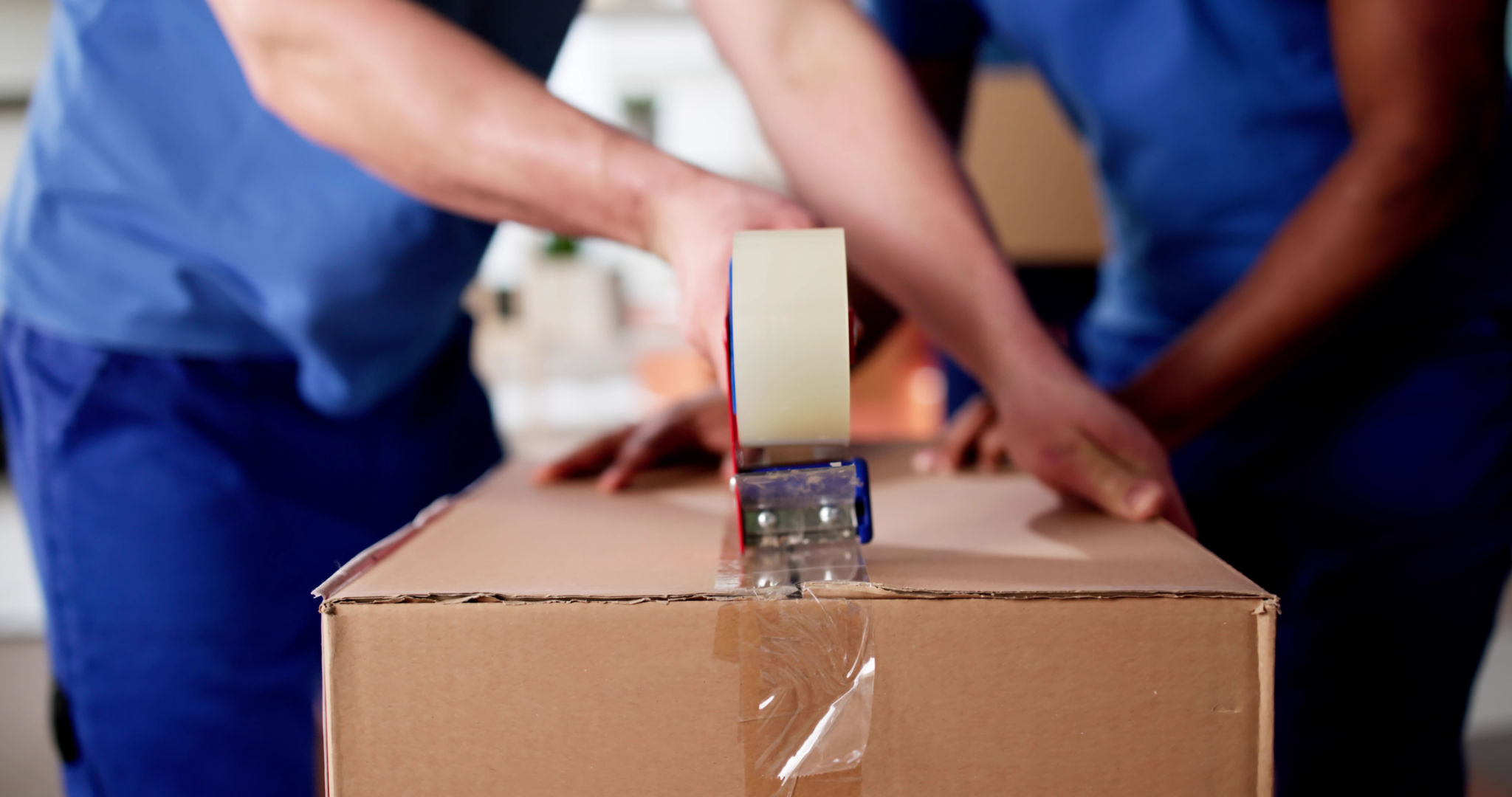How to Choose Between Automatic and Manual Packing Systems for Your Business
Understanding the Basics of Packing Systems
Choosing the right packing system for your business is a critical decision that can impact efficiency, cost, and overall productivity. The two primary options available are automatic and manual packing systems. Each comes with its own set of benefits and challenges, making it essential to understand their differences before making a decision.
Automatic packing systems are designed to streamline the packaging process by using machinery to perform tasks that would otherwise require manual labor. These systems are ideal for businesses looking to increase output and reduce labor costs. On the other hand, manual packing systems rely on human workers to carry out packaging tasks. This option may be more suitable for businesses with lower production volumes or those that deal with delicate items requiring careful handling.

Evaluating Your Business Needs
Before choosing a packing system, it's important to assess your specific business needs. Consider factors such as production volume, product type, and budget constraints. If your business handles large quantities of uniform products, an automatic system could offer significant efficiencies. However, if you deal with custom or fragile items, a manual approach might be more advantageous.
Another consideration is the space available in your facility. Automatic systems often require more room due to conveyor belts and machinery, while manual systems can be more flexible in terms of spatial requirements. Additionally, think about your workforce's skill level and whether training would be necessary for operating complex machinery.

Cost Implications
The cost is one of the most significant factors in choosing between automatic and manual packing systems. Automatic systems require a higher initial investment due to the cost of machinery and installation. However, they can lead to long-term savings through reduced labor costs and improved efficiency.
Manual systems have lower upfront costs but may incur higher expenses over time in terms of labor wages. It's essential to conduct a cost-benefit analysis to determine which system aligns best with your financial goals. Consider both short-term and long-term financial impacts when making your decision.
Flexibility and Scalability
Flexibility is another crucial factor that can influence your choice. Manual systems offer greater flexibility, allowing you to easily adapt to changes in product design or packaging requirements. They are also easier to scale up or down based on production demands.
Automatic systems, while less flexible, can be highly scalable with the right equipment. If you anticipate significant growth or seasonal fluctuations in demand, an automatic system might provide the scalability needed to meet these challenges.

Quality Control Considerations
Quality control is vital in any packing process. Manual systems allow for direct human oversight, which can be beneficial for maintaining high-quality standards, especially with delicate or intricate products. Workers can quickly identify and rectify any issues during the packaging process.
Automatic systems, however, can be equipped with advanced sensors and quality control mechanisms to ensure consistency and precision. These systems are excellent for maintaining uniformity across large batches, reducing the risk of human error.
Making Your Decision
Ultimately, the decision between automatic and manual packing systems should be based on a comprehensive evaluation of your business's unique needs and goals. Consider conducting trials or seeking expert consultations to gain insights into the best option for your operations.
Remember that investing in the right packing system is not just about current needs but also about future growth and adaptability. By choosing wisely, you can enhance efficiency, reduce costs, and improve overall productivity in your packaging processes.
